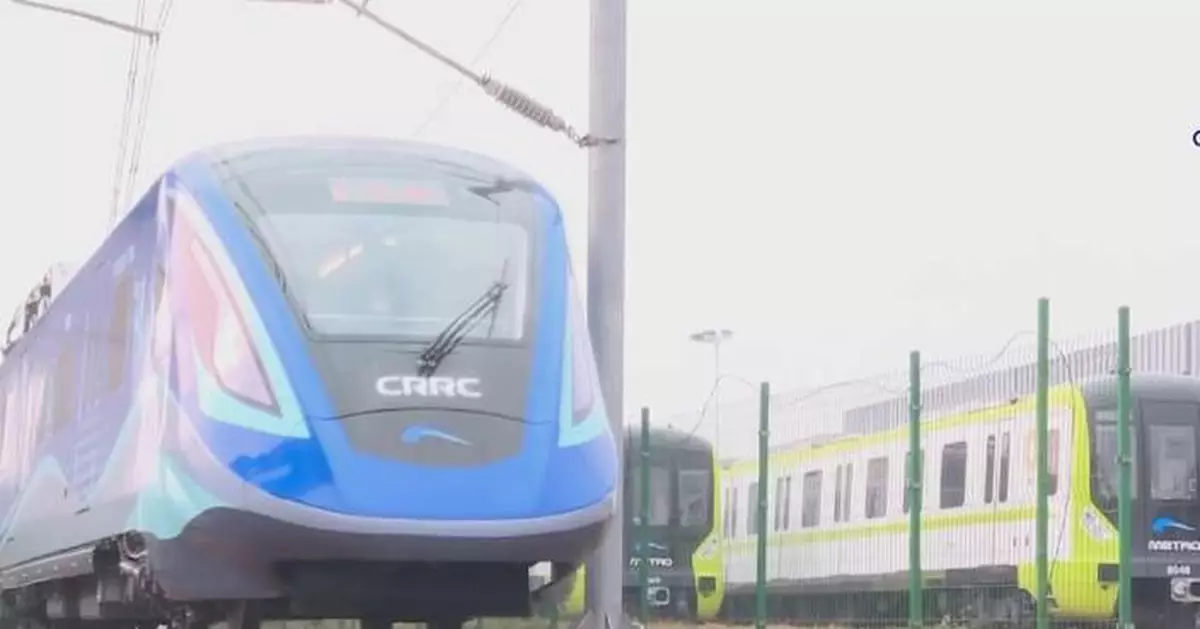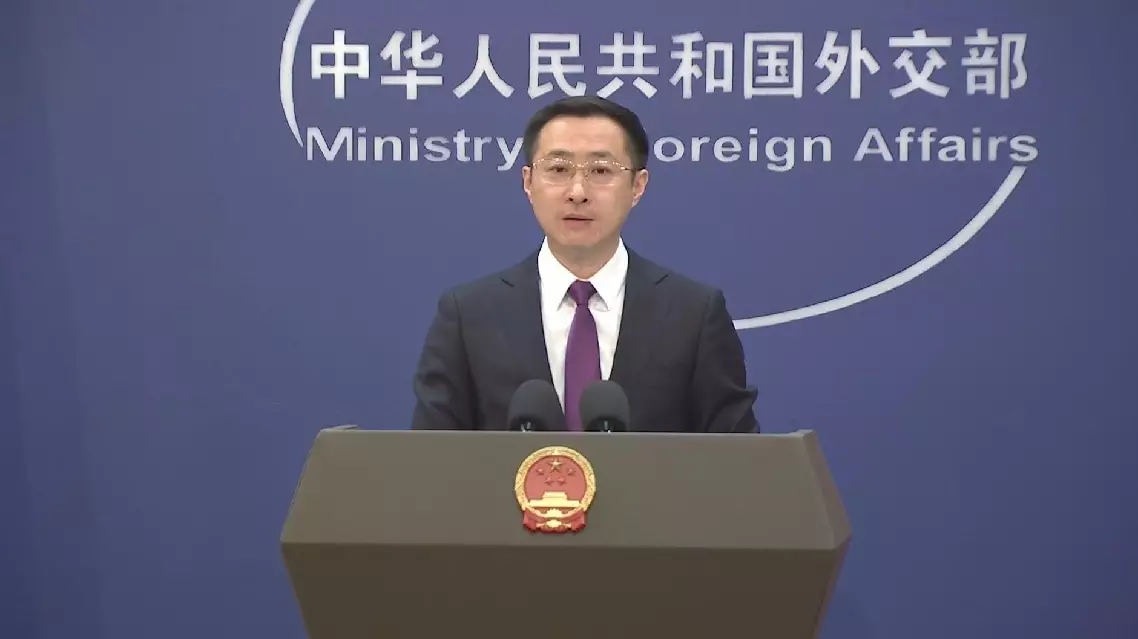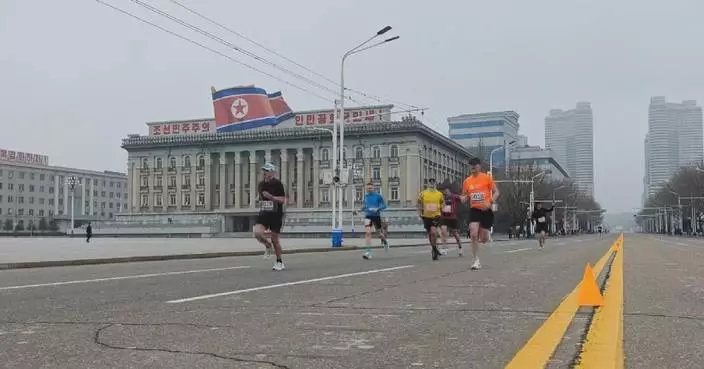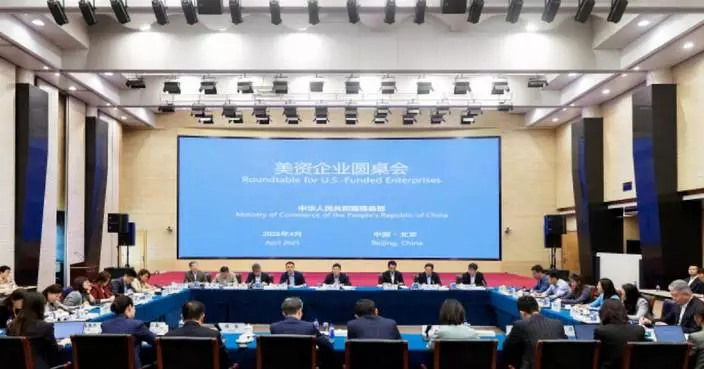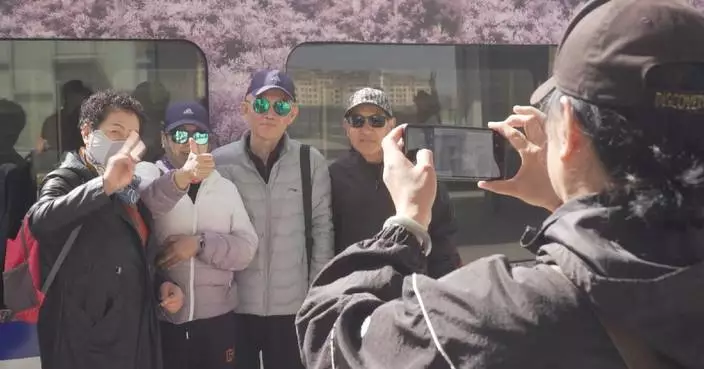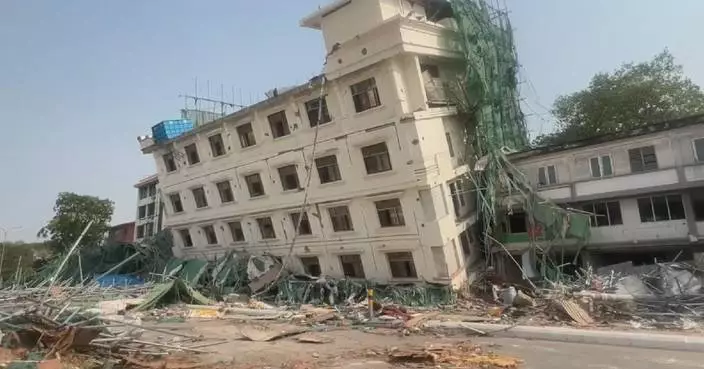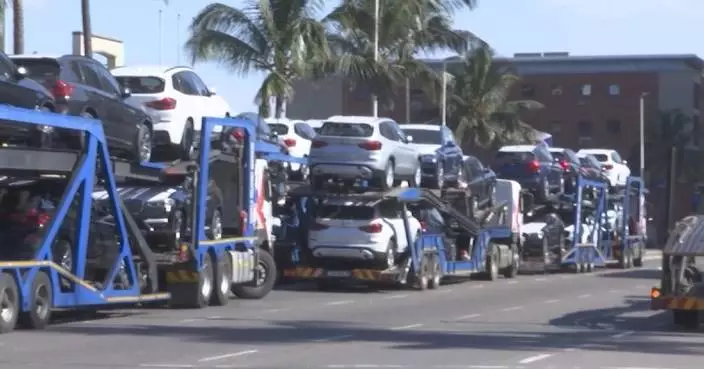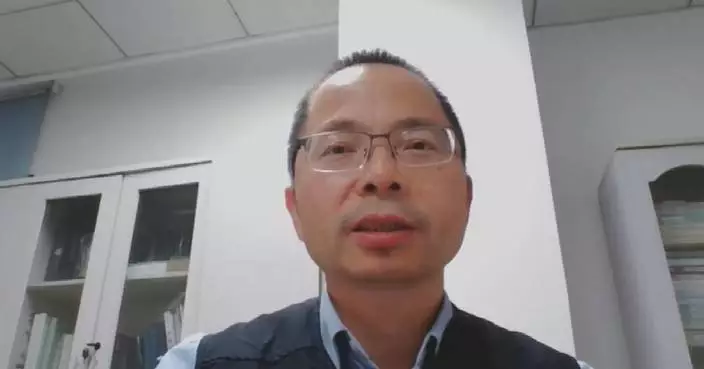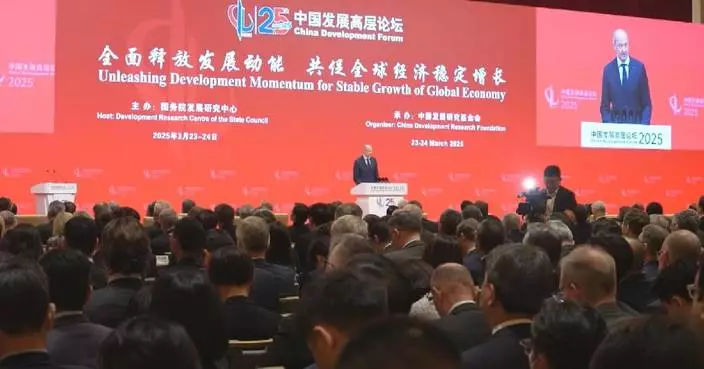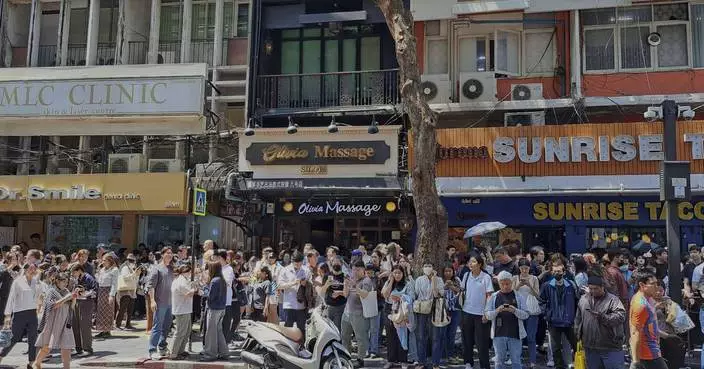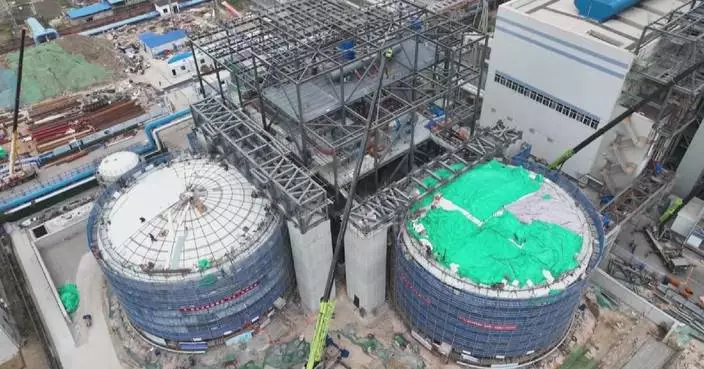Chinese train maker CRRC Changchun Railway Vehicles has become a trailblazer in the development for intelligent subway systems and high-speed trains, while making headway in the advancement of sustainable rail transit.
Currently, China's high-speed rail accounts for more than two-thirds of the global total network, with around 40 percent of these trains produced by CRRC Changchun Railway, which is based in Changchun City, capital of northeast China's Jilin Province.
Founded in 1954, CRRC Changchun Railway Vehicles is famed for pioneering China's subways and high-speed trains. After three years of research and development, the train maker developed a built-in bogie, crucial for the running system of rail vehicles.
"The new built-in bogie moves components like the axle box and frame inside the wheels, making it approximately 20 percent lighter than traditional designs. This change results in a 15-percent reduction in energy usage, 30-percent reduction in wheel-rail wear, and a noise level reduction of about two decibels, promoting eco-friendliness and efficiency," said Liu Zhiyuan, director of the bogie research and development department under the CRRC Changchun Railway Engineering Research Center.
CRRC Changchun Railway Vehicles garnered much attention with its hydrogen-powered train, which was launched in March. The train reaches a speed of 160 kilometers per hour and is now a benchmark of sustainable rail transit.
"This hybrid train uses hydrogen fuel cells alongside energy storage batteries, offering a range of 1,000 kilometers and consuming an average of five kilowatt-hours of energy. Its only emission is water, making it clean and environmentally-friendly. Each train can reduce CO2 emissions by about 25,000 tonnes over its life-cycle, equivalent to 10,000 cars over 10,000 kilometers," said Wang Jian, deputy director of the new technology research department under the CRRC Changchun Railway Engineering Research Center.
The company also designed China's new generation high-speed train "Fuxing". The "Fuxing" smart train is the first in the world to operate automatically at 350 kilometers per hour, capable of automatic departures, operations, braking and door control. Passengers can adjust their seats at various angles and even enjoy wireless phone charging during their journey.
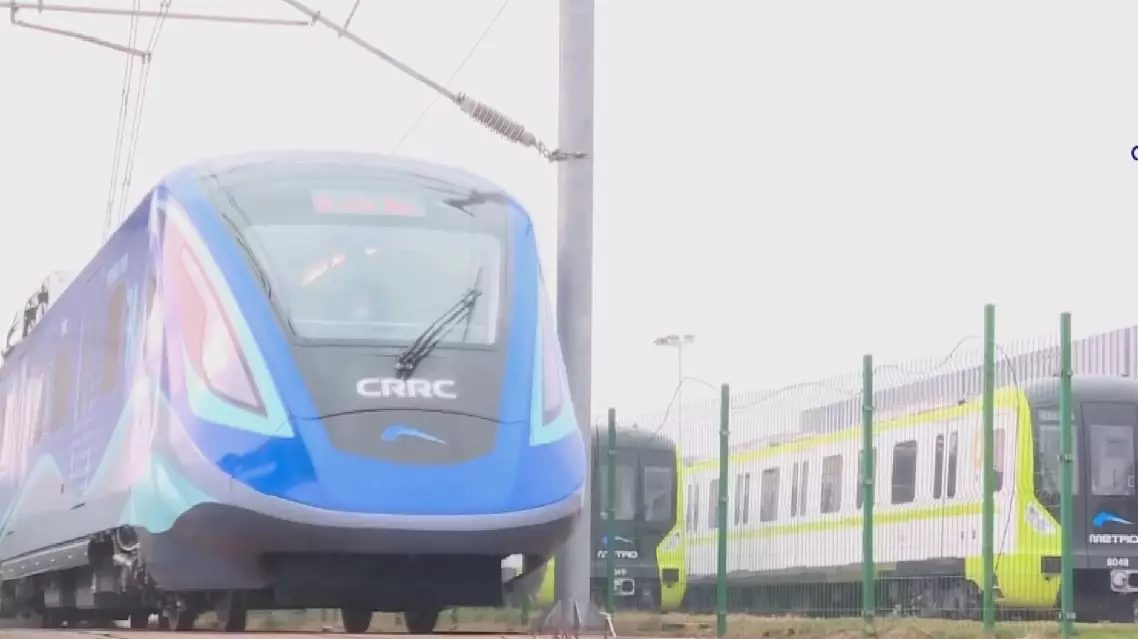
Chinese train maker showcases cutting-edge tech for sustainable rail transit


